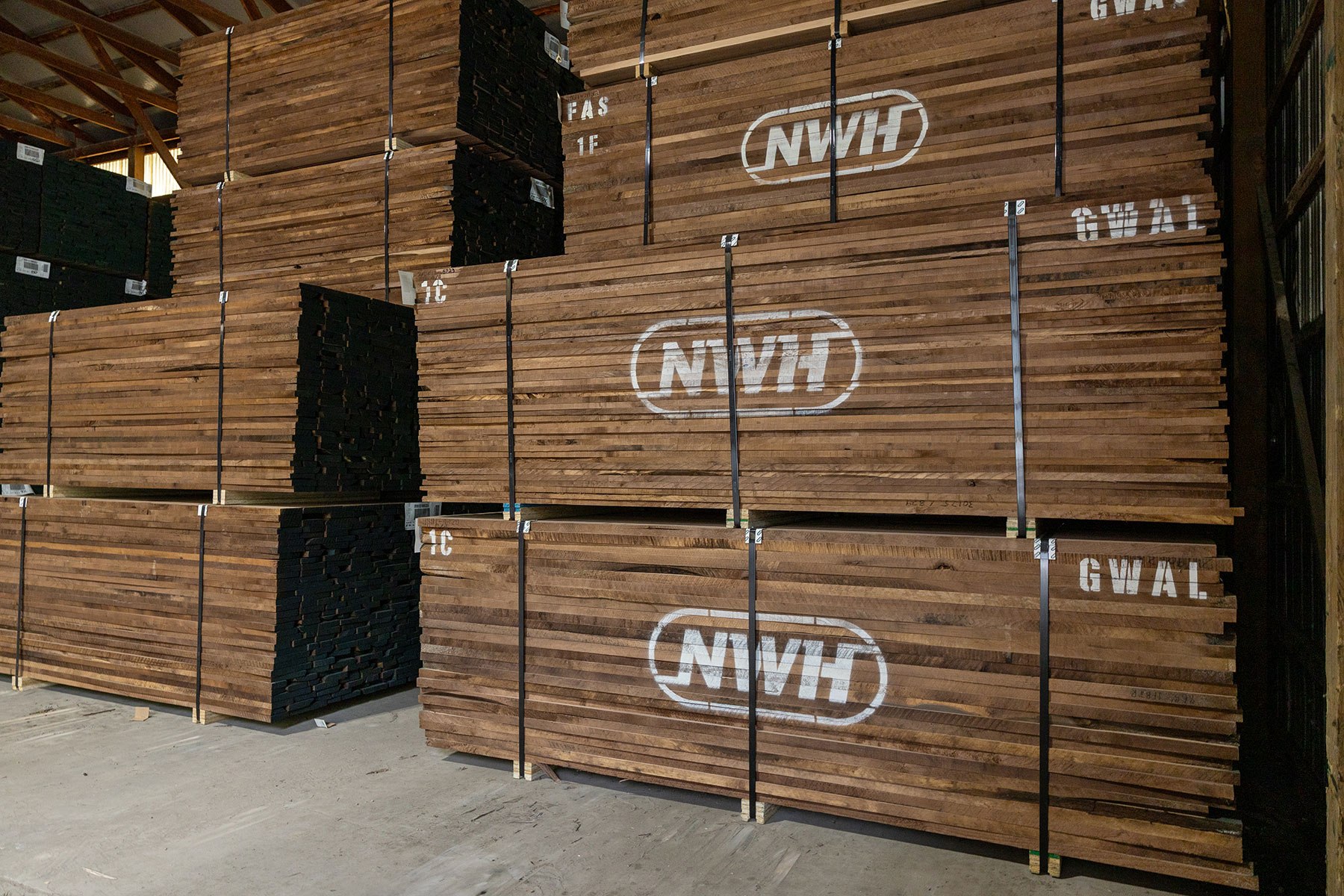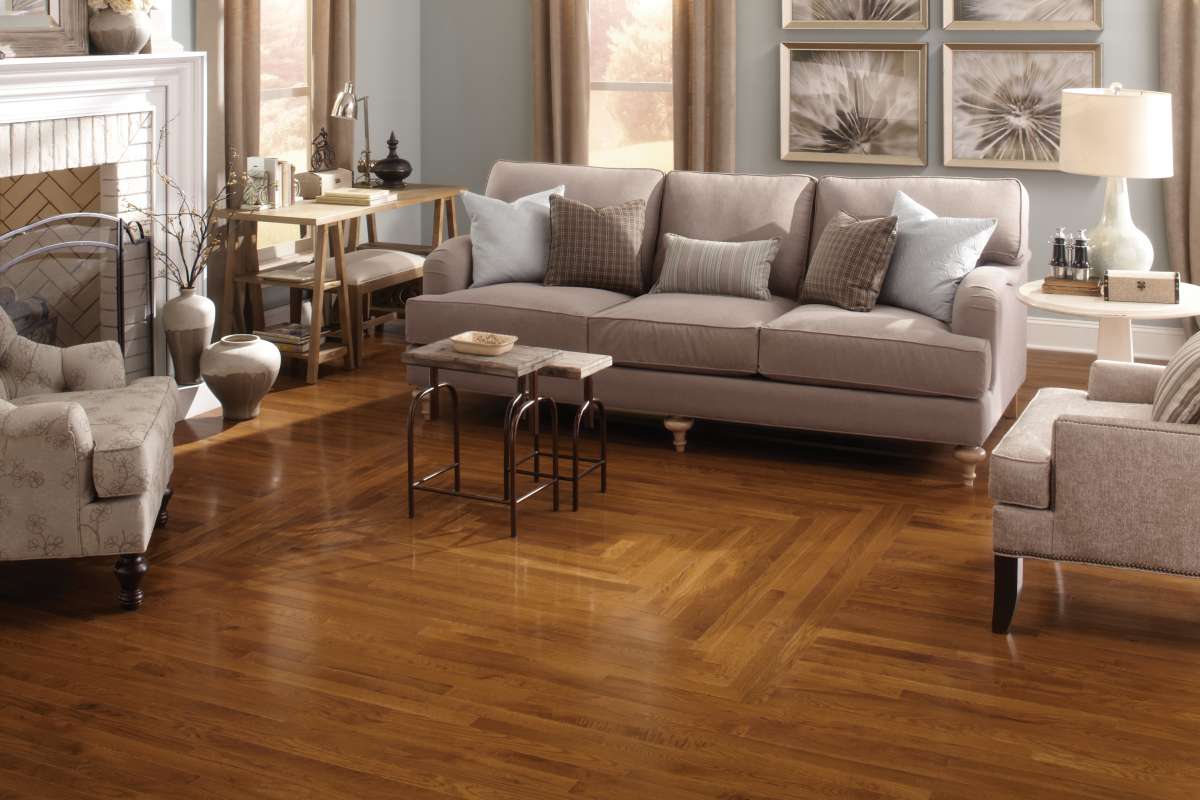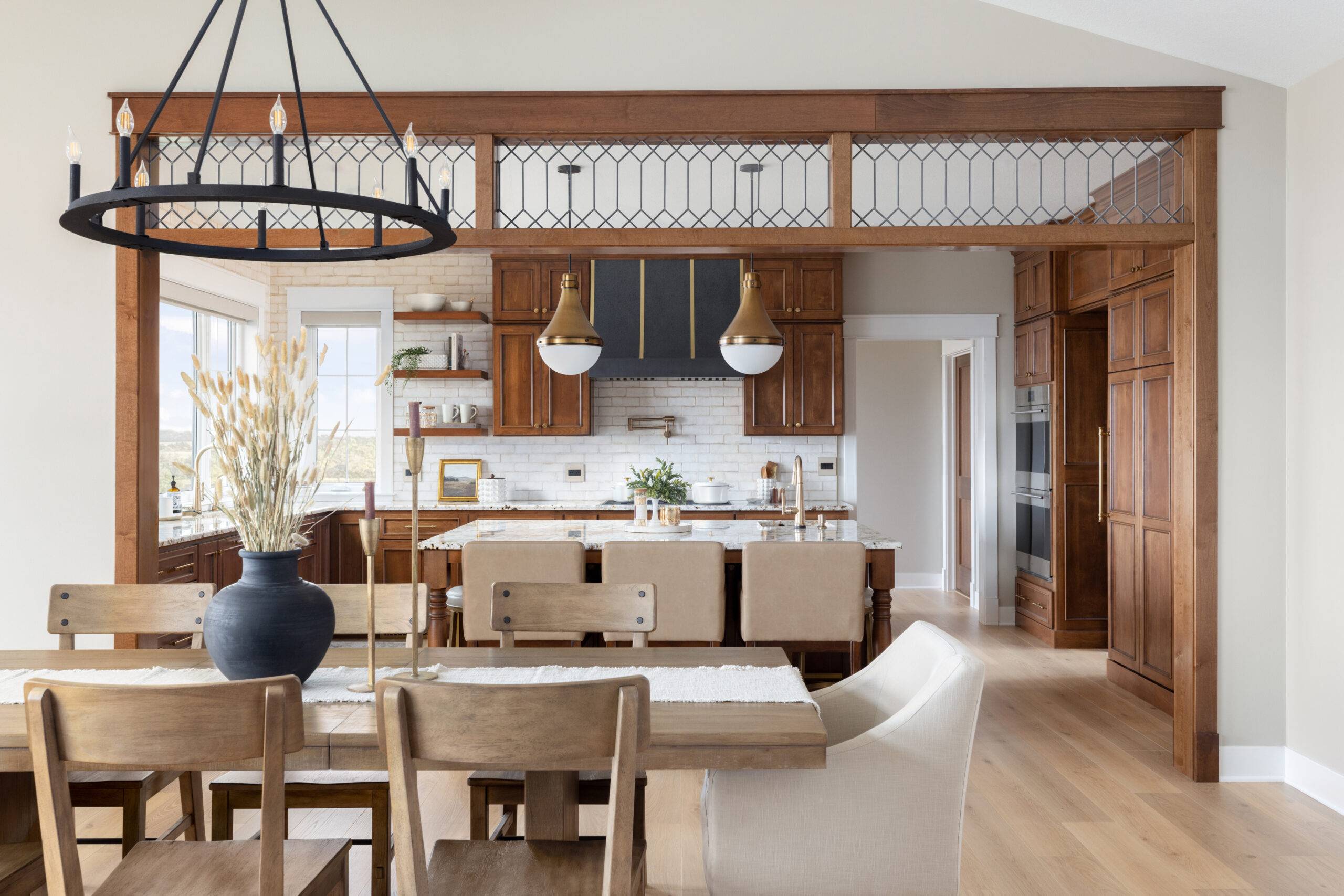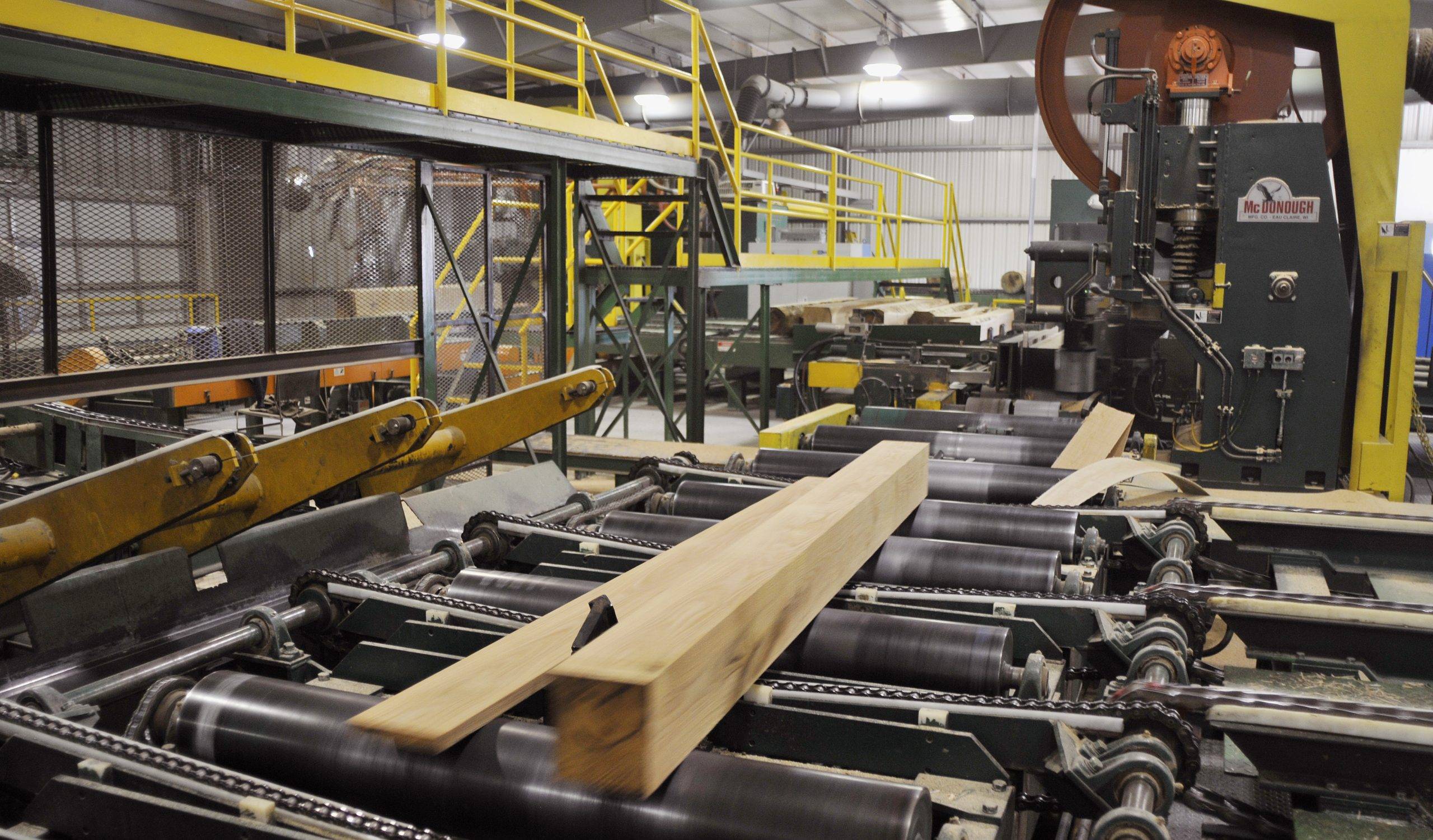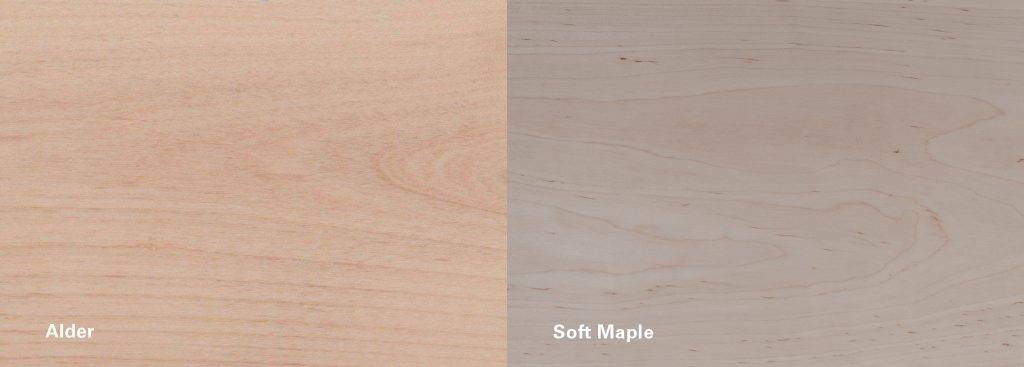
Soft Maple: The Classic Choice with Market Fluctuations
Soft Maple is widely used in furniture making and architectural millwork due to its smooth texture, fine grain, and appealing range of colors—from creamy pale tones to soft pinkish brown hues. Its balance of durability and pliability makes it a go-to material for many manufacturers. However, Soft Maple’s price can vary significantly due to market conditions, making it less reliable for businesses that need consistent supplies to meet production demands.
Why Alder Makes Sense: Stable, Cost-Effective, and Versatile
Alder offers a dependable alternative to Soft Maple, with the added benefits of stable pricing and reliable availability. Its warm, honey-colored tones and subtle fine grain pattern offer an appealing aesthetic, similar to Soft Maple. Whether you’re working on cabinetry, furniture, or millwork, Alder ensures a smooth, predictable transition across a wide range of applications. Its versatility, combined with consistent costs, make it an excellent choice for businesses focused on budget-friendly solutions without sacrificing quality.
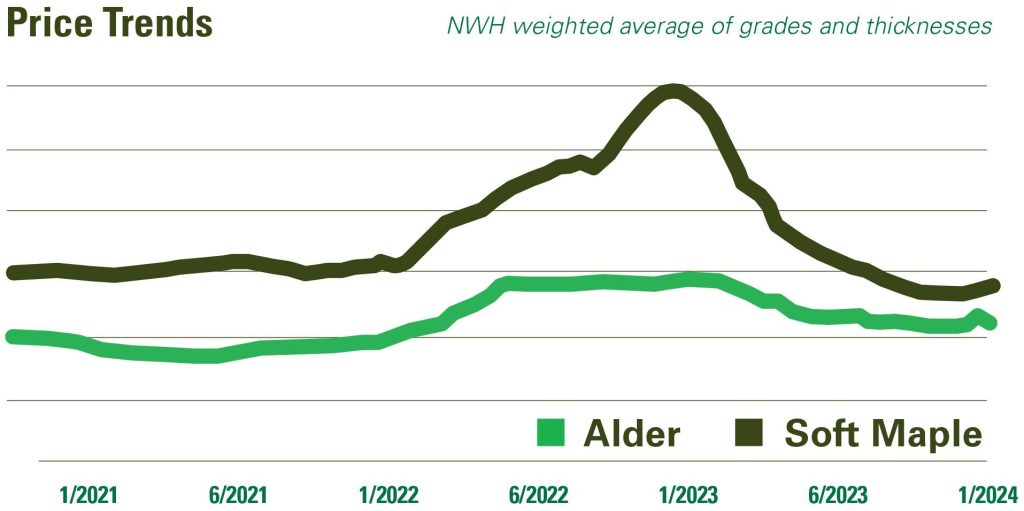
Comparing Alder to Soft Maple
Texture and Finishing: Both Alder and Soft Maple feature a fine grain that easily accepts stains and finishes, giving manufacturers versatile design options. Their similar textures allow for seamless integration into existing production processes. If you choose solid hardwood for painted applications, both species work well, but Alder does not have the same issues with checking after paint is applied.
Color and Aesthetics: Alder is a warm tan color while Soft Maple ranges from creamy white with a pink hue sapwood to tan or brown heartwood, sharing a visually appealing palette. Both woods can be used for projects that prioritize warm, inviting tones with a clean finish.
Machinability: Alder processes smoothly and efficiently, often faster than Soft Maple, although it is slightly less hard (Janka). With similar densities, Alder can be worked with the same tools and techniques used for Soft Maple, ensuring production efficiency and minimizing the need for adjustments to existing machinery.

By choosing Alder, manufacturers can mitigate the pricing and availability uncertainties of Soft Maple’s market fluctuations while maintaining the high standards expected in their projects. It’s a solution that blends quality with practicality, allowing businesses to focus on what they do best—creating beautiful, lasting products.
Data Comparison: Alder & Soft Maple

Source: The Wood Database
Properties Comparison: Alder & Soft Maple
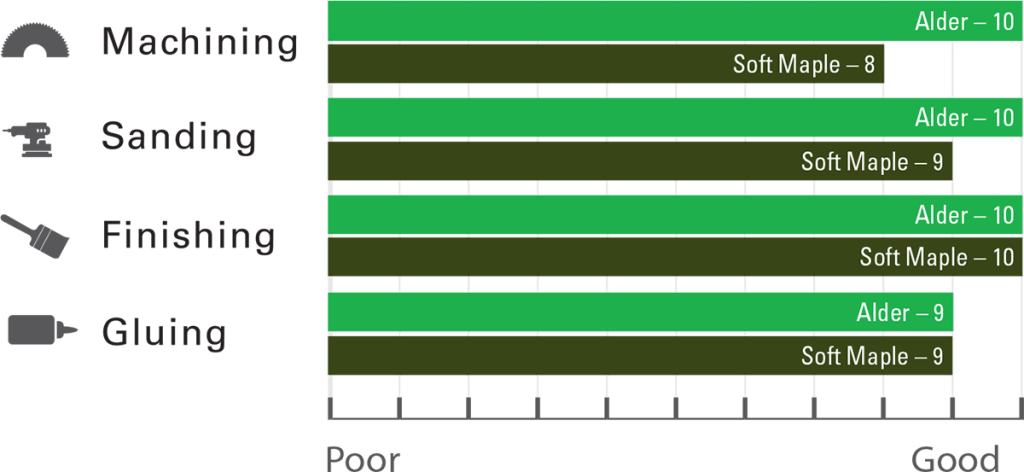
Alder Project Gallery
Resources
Feature image courtesy of Crystal Cabinets, Designed by Terry Stefanoudakis
Share This Post!
